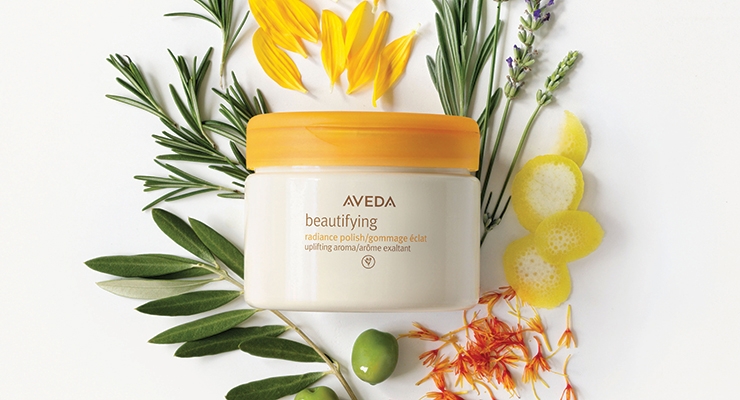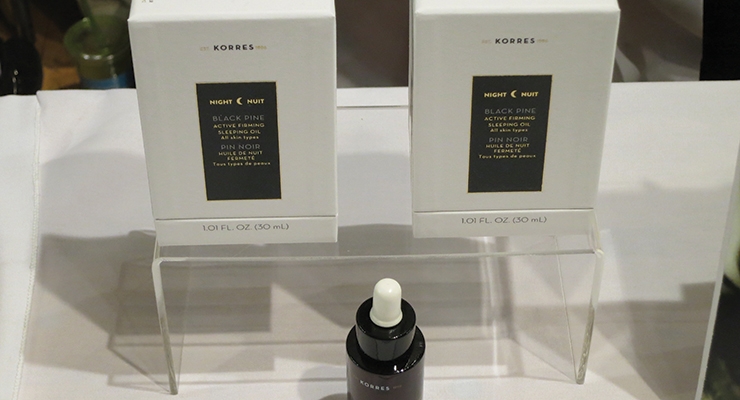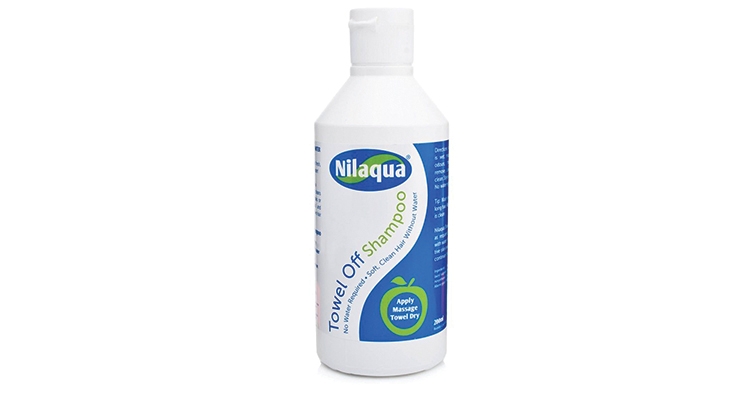Nick Dormon, Echo Brand Design04.28.16
Natural, ethical brands have always held a pride of place in the beauty brand market, and rightly so. Just as we wish to look after ourselves in the best way possible, we desire brands that look after our world through their ingredients and packaging. The ethical beauty brand market has been on a long and winding journey over the last decade. Gone are the days of natural beauty brands being considered worthy, with undesirable packaging that lacked desirability and premium cues. Fashion pioneers like Stella McCartney and Vivienne Westwood and brands like Aveda and Aesop have been at the forefront of this shift, designing premium brands with a social and environmental conscience.
We have seen brands that use science to harness the power of nature. Kiehl’s and Korres remain true to their origins in pharmacology with iconic copy-heavy labels on translucent bottles that resemble old medicine potions. Since these two, we have seen a profusion of apothecary-like brands presenting similar design aesthetics on the beauty shelf. Origins has built a brand around being “Powered by Nature. Proven by Science” to create real efficacy.
While all of these brands have sustainability built into their ethos, few of them are taking a holistic approach to sustainable, ethical packaging. Now, more than ever, beauty brands need to adopt a future-proof design and packaging mindset to protect generations to come. The days of cradle-to-grave products that end up in landfill must go. The Method home approach involves creating products for cradle-to-cradle cycles whereby the materials are circulated in a closed loop system.
As we move into the future we must think innovatively about how beauty brands can harness the power of nature and science not only in their products but also in their innovative sustainable packaging solutions.
Other recent innovations in packaging include concentrated products, for which we need to look no further than Concoction. The luxury hair care brand puts the consumer in control by delivering small portions of concentrated custom-made product to respond to their needs. At Echo, we have been at the forefront of designing compressed packaging for brands including Rexona’s deodorant portfolio.
Concentrated products require less transport costs, less packaging, less storage space and of course minimize the use of water. Brand design can be very effective in conveying the preciousness of the potent product inside. For other great examples of this, we can look to homecare brand Splosh and interesting challenger refill brand Futurefill.
We must consider new ways of designing for ethical beauty brands by using new materials that incorporate the power of nature and science to aid sustainability. What are the materials that can help bring dissolvable and interchangeable packaging into the public domain? We take inspiration from the fashion designer and professor Helen Storey who is exploring new dissolvable materials and catalytic clothing that ambitiously seeks to explore how clothing can be used as a catalytic surface to purify the air around us. A series of cultural and art programs will soon bring this forthcoming technology into the public domain.
It will be these innovative solutions that really allow the packaging of natural and ethical beauty brands to stand out. When both packaging solutions and the product inside work together to harness the power of nature and the efficacy of science, brands will really push the sustainability boundaries. For groundbreaking technologies, look toward Jason’s biodegradable bottles, dry water technology from Nilaqua’s waterless shampoo and Mink 3D printed makeup. We are also exploring traceable packaging that can be tracked through the supply chain, intelligent packaging that uses printing technology and much more. Anything is possible—this is just the start of the journey to a more sustainable future.

Nick Dormon
About the author:
Nick Dormon is managing director and strategy director at Echo Brand Design.
We have seen brands that use science to harness the power of nature. Kiehl’s and Korres remain true to their origins in pharmacology with iconic copy-heavy labels on translucent bottles that resemble old medicine potions. Since these two, we have seen a profusion of apothecary-like brands presenting similar design aesthetics on the beauty shelf. Origins has built a brand around being “Powered by Nature. Proven by Science” to create real efficacy.
While all of these brands have sustainability built into their ethos, few of them are taking a holistic approach to sustainable, ethical packaging. Now, more than ever, beauty brands need to adopt a future-proof design and packaging mindset to protect generations to come. The days of cradle-to-grave products that end up in landfill must go. The Method home approach involves creating products for cradle-to-cradle cycles whereby the materials are circulated in a closed loop system.
As we move into the future we must think innovatively about how beauty brands can harness the power of nature and science not only in their products but also in their innovative sustainable packaging solutions.
Other recent innovations in packaging include concentrated products, for which we need to look no further than Concoction. The luxury hair care brand puts the consumer in control by delivering small portions of concentrated custom-made product to respond to their needs. At Echo, we have been at the forefront of designing compressed packaging for brands including Rexona’s deodorant portfolio.
Concentrated products require less transport costs, less packaging, less storage space and of course minimize the use of water. Brand design can be very effective in conveying the preciousness of the potent product inside. For other great examples of this, we can look to homecare brand Splosh and interesting challenger refill brand Futurefill.
We must consider new ways of designing for ethical beauty brands by using new materials that incorporate the power of nature and science to aid sustainability. What are the materials that can help bring dissolvable and interchangeable packaging into the public domain? We take inspiration from the fashion designer and professor Helen Storey who is exploring new dissolvable materials and catalytic clothing that ambitiously seeks to explore how clothing can be used as a catalytic surface to purify the air around us. A series of cultural and art programs will soon bring this forthcoming technology into the public domain.
It will be these innovative solutions that really allow the packaging of natural and ethical beauty brands to stand out. When both packaging solutions and the product inside work together to harness the power of nature and the efficacy of science, brands will really push the sustainability boundaries. For groundbreaking technologies, look toward Jason’s biodegradable bottles, dry water technology from Nilaqua’s waterless shampoo and Mink 3D printed makeup. We are also exploring traceable packaging that can be tracked through the supply chain, intelligent packaging that uses printing technology and much more. Anything is possible—this is just the start of the journey to a more sustainable future.
Nick Dormon
Nick Dormon is managing director and strategy director at Echo Brand Design.































